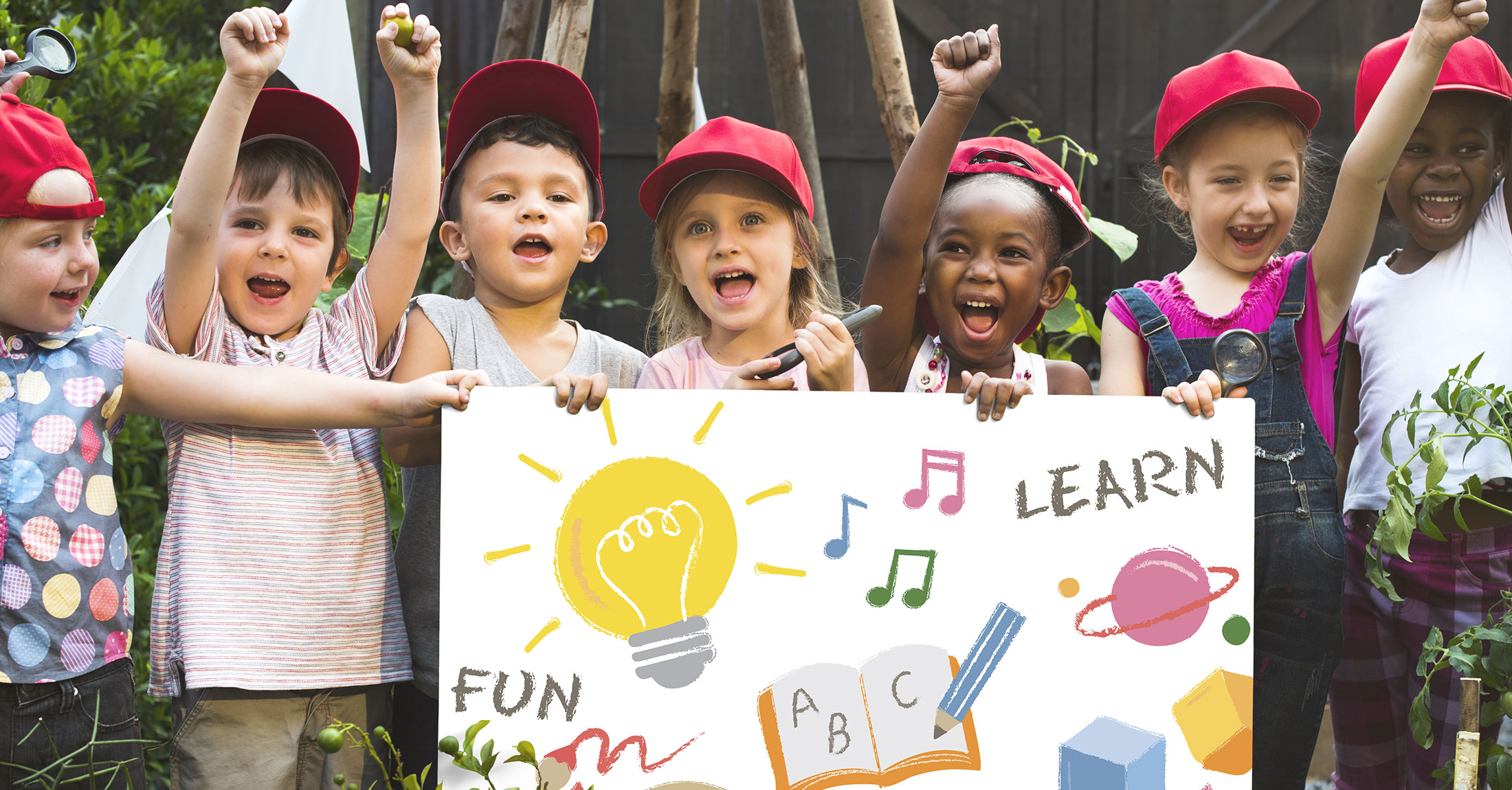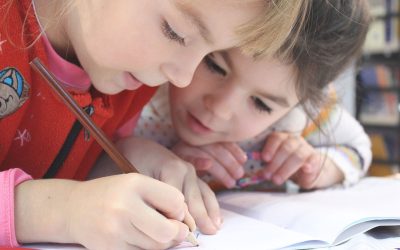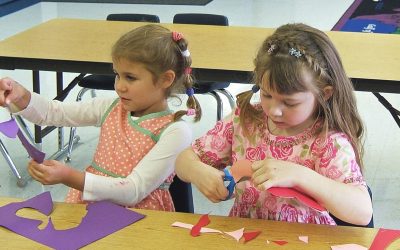Ensuring the Best Learning Opportunities
Children’s learning environments should be welcoming—and offer a range of suitable options. With those two caveats in mind, here are three fundamental ways to promote your child’s learning:
1. BE INFORMED AND RESOURCEFUL.
Reflect upon the information you acquire, and apply it thoughtfully. Spend time gathering information that’s applicable to your child’s strengths, interests, and domain specific needs. Be wary of unreliable sources, misinformation, or supposed barriers. Tap community resources, including organizations, libraries, and other places that broaden outreach. All learning—yours and your child’s—happens step by step. Maintain resolve and be patient. Knowledge accrues over time.
2. CREATE AND FORTIFY FRUITFUL CONNECTIONS.
Be collaborative. Share ideas with others who have similar questions or concerns about educational matters or developmental issues. Tell teachers, coaches, caregivers, and counselors that you appreciate their efforts. Find ways to complement what goes on in your child’s learning milieu, whether it relates to their cognitive development, creative expression, play dynamics, physical needs, or social-emotional growth. Productive relationships are characterized by open communication channels and free-flowing dialogue. Convey helpful, optimistic, and encouraging messages that will strengthen connectivity. Retain a creative problem-solving attitude, and stay open to asking for assistance. Over time, children who see adults demonstrating these communicative capacities learn to appreciate the importance of them, and apply them to their own circumstances, whether in a playground, classroom, or elsewhere.
3. MAINTAIN EQUILIBRIUM.
Think about how learning experiences fit within the context of a balanced way of life. Help your child monitor their pace and progress, and to realize the importance of play, and of learning for the sheer enjoyment of it. Some children need relaxation, fewer demands, unstructured intervals, music, exercise, less distractions, or time alone to calm down and to get a handle on feelings, and to consolidate thoughts. Help your child set goals that are manageable and attainable. Offer guidance relating to organization and time management skills. Be available, patient, and willing to assist.
LAST WORDS
In addition to the three above-mentioned suggestions for optimizing learning opportunities (pertaining to resourcefulness, connections, and equilibrium), pay close attention to your child’s health and happiness.
To that end, enable choices, encourage explorations, and help your child discover various ways to expand their capabilities and deal effectively with issues that arise.
Most importantly, show you have faith in their abilities. Parenting—like child development—is multifaceted, and each day brings its own challenges AND rewards!
AUTHOR’S NOTE:
For more information on nurturing children’s learning and well-being, check out this article (with 25 parenting tips), my numerous other articles on the First Time Parent Magazine platform, as well as the material on my Resources page and Blog page.








